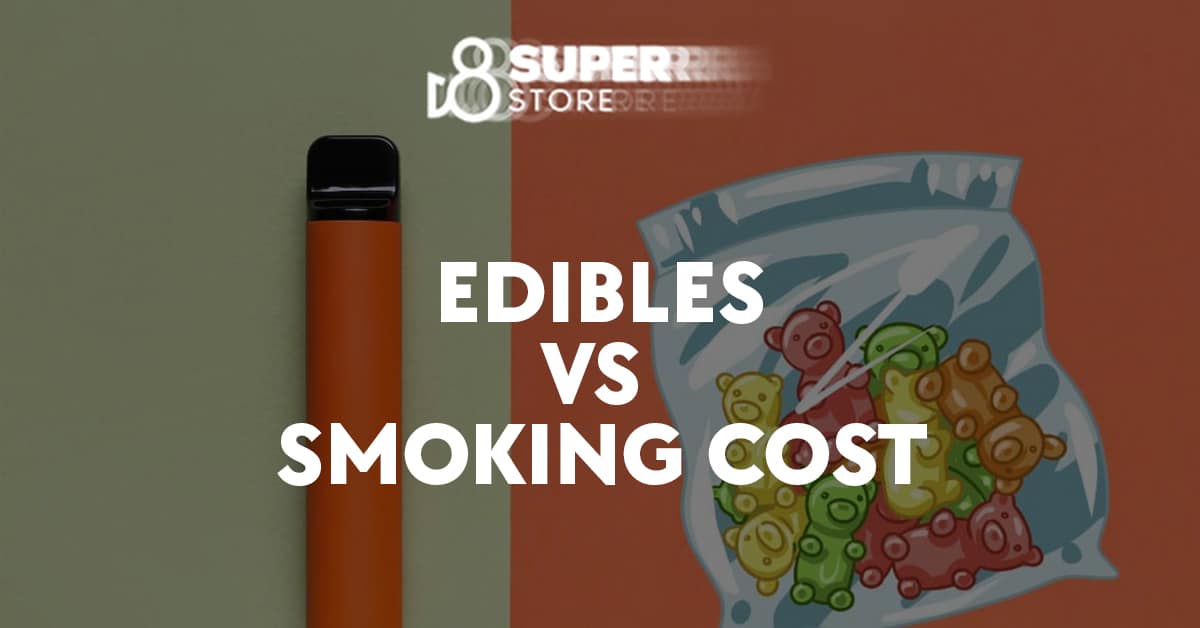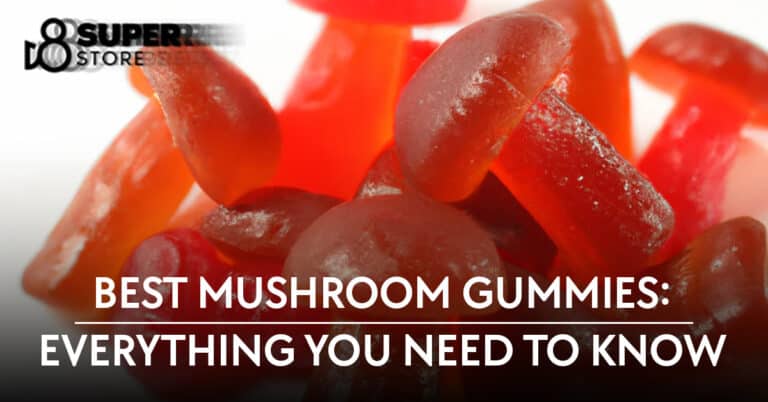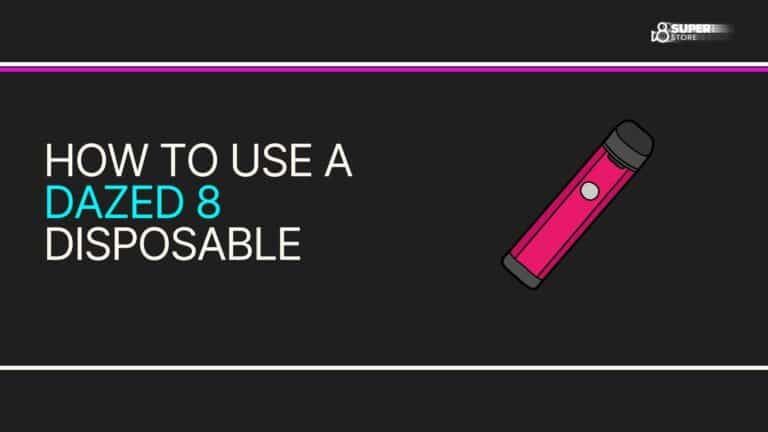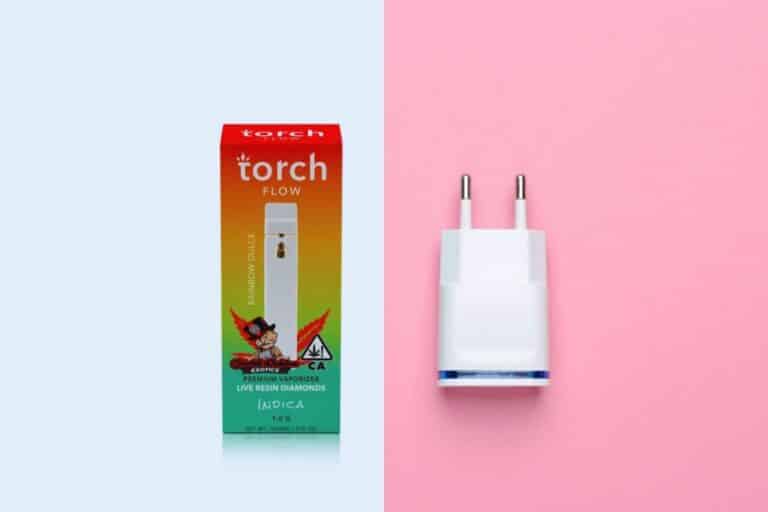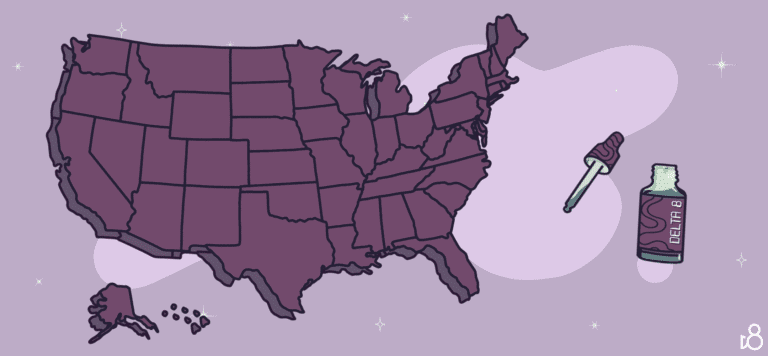Edibles vs Smoking Cost: A Comprehensive Comparison for Consumers
The consumption of cannabis provides users with a variety of options, including smoking and edibles, to achieve its desired effects. Smoking, through inhalation, offers a faster and stronger effect, catering to those seeking immediate relief or a quicker high. On the other hand, edibles require ingestion and result in a longer-lasting, but more gradual experience. As everyone’s preferences vary, it is crucial to compare these options, particularly in terms of cost, to determine the best fit for one’s needs and preferences. The world of cannabis consumption offers a range of methods to enjoy its effects, with smoking and edibles being two of the most popular choices. Smoking involves inhaling the substance, providing a fast and intense effect for those looking for quick relief or a rapid high. In contrast, edibles require ingestion and have a more gradual but longer-lasting impact. As individual preferences differ, it is important to consider these methods and compare them in terms of cost to determine which is the ideal choice for an individual’s needs and desires.
When factoring in costs, both smoking and edibles have their own advantages and disadvantages. The cost of smoking cannabis can be influenced by factors such as the quality of the plant material, consumption habits, and paraphernalia expenses. In contrast, the cost of edibles can be determined by factors like the desired potency, ingredients, and production process. It’s crucial to take these aspects into account before deciding whether smoking or edibles offer the most cost-effective solution for individual preferences and budgets.
Key Takeaways
- Smoking and edibles are two popular forms of cannabis consumption, with smoking providing faster effects while edibles offer longer-lasting experiences.
- Costs associated with smoking and edibles can vary depending on factors such as plant quality, consumption habits, ingredients, and potency.
- When choosing between smoking and edibles, individuals should consider their preferences, budgets, and the relevant advantages and disadvantages of each method.
Understanding Smoking and Edibles
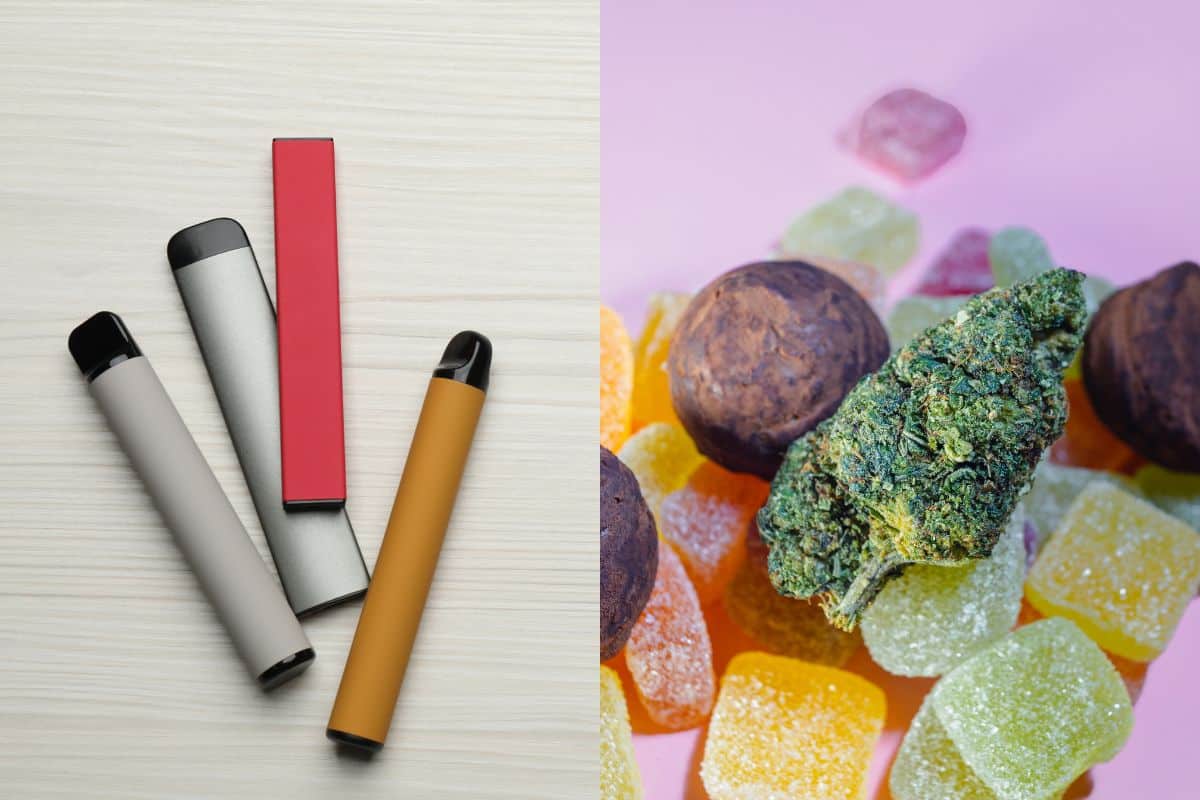
What is Smoking?
Smoking is the most common method of consuming cannabis. It involves inhaling the cannabinoids and other active compounds in marijuana through combustion. When smoking, the cannabis is typically rolled into a joint, smoked through a pipe, or a water pipe called a bong. The effects of smoking marijuana are felt quickly because the cannabinoids, such as Delta 8, Delta 9, and Delta 10 THC, enter the bloodstream almost immediately through the lungs.
There are pros and cons to smoking cannabis. On the positive side, smoking provides rapid effects and allows users to control their dosage more easily. However, smoking also has downsides, such as potential respiratory issues, a strong smell, and increased tar production.
What are Edibles?
Edibles are cannabis-infused food or drink products, which can include brownies, cookies, gummies, and even beverages. They offer an alternative for those who want to enjoy the effects of marijuana without the risks of smoking. Edibles are ingested, and the cannabinoids, such as Delta 8, are absorbed through the digestive system. This method results in a slower onset of effects compared to smoking.
Marijuana edibles come in a variety of forms, such as gummies and baked goods. The potency of edibles can vary and is usually measured in milligrams of THC per serving. This makes it important to consume them responsibly to avoid uncomfortable side effects.
When comparing the effects of sativa vs indica edibles, it is important to note that they can have different impacts on the user, depending on the cannabis strain used in their production. Sativa edibles are known for their uplifting, energizing effects, while indica edibles deliver a more calming, relaxing experience.
In conclusion, both smoking and edibles offer unique benefits and drawbacks, catering to different preferences and needs. Understanding these differences will help individuals make informed decisions about their cannabis consumption methods.
Mechanisms of Consumption
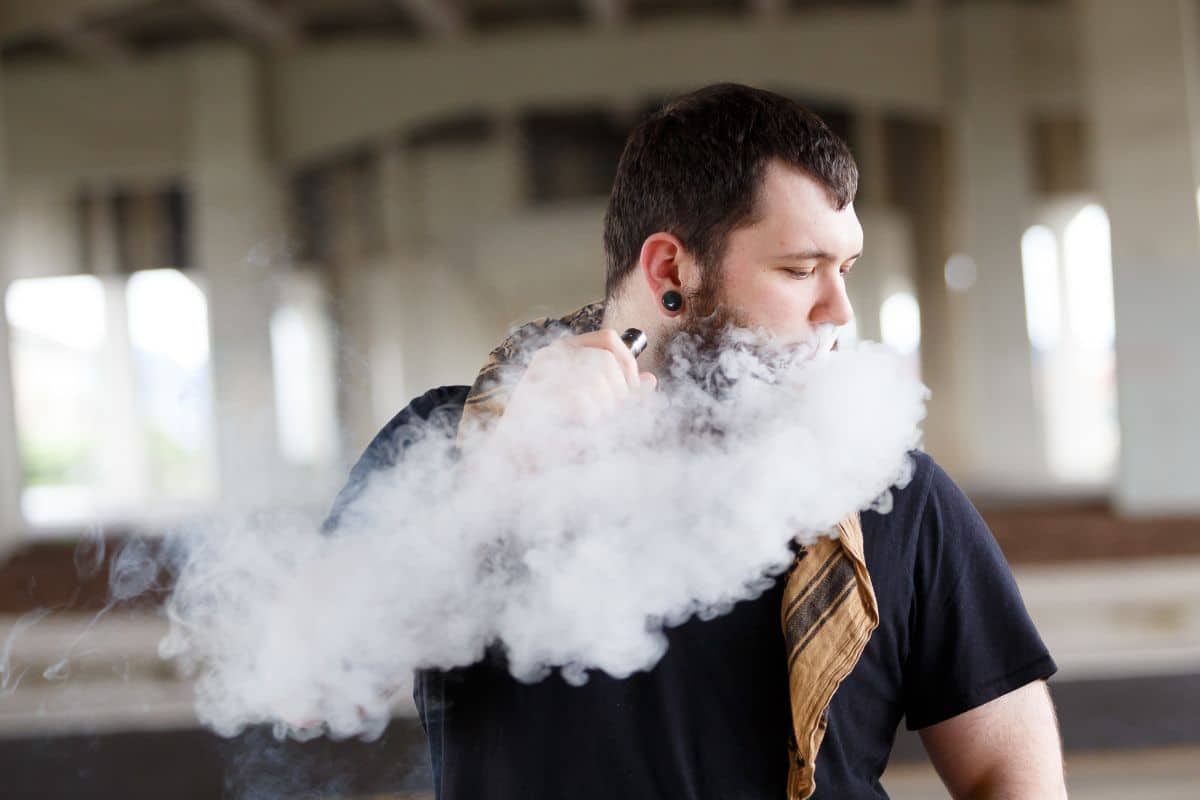
Smoking
Smoking is a method of consuming cannabis by inhaling its active ingredients through combustion. When smoking, cannabis products are heated, and the active compounds are released in the form of smoke. The smoke is then inhaled into the lungs, where a rapid transfer of cannabinoids, such as Delta 8, into the bloodstream takes place. This method provides a quicker onset of effects, as the cannabinoids bypass the liver, and quickly reach the brain.
One consideration with smoking cannabis includes the potential for lung irritation, as the combustion process generates tar and other harmful byproducts. However, Delta 8 speeding up your metabolism might be an advantage for some users looking for faster metabolic effects.
Edibles
Edibles are cannabis-infused food and beverage products that offer an alternative to smoking. These products are ingested orally and travel through the digestive system where they are eventually metabolized in the liver. This process leads to a slower onset of effects compared to smoking, as the active compounds must pass through the digestive tract before entering the bloodstream.
A benefit of consuming edibles is that they typically provide a longer-lasting and more consistent experience. Additionally, edibles offer a discreet and convenient way to consume cannabis without the adverse effects associated with smoking.
To explore other consumption methods, such as tinctures, one can refer to this concise guide on how to use Delta 8 tincture for beginners.
When comparing smoking and edibles, it’s essential to consider individual preferences and needs. Each method has its advantages and disadvantages, with the main differences lying in the speed of onset, duration of effects, and potential health impacts.
Effects on the Body
Smoking
Smoking cannabis has immediate effects on the respiratory system, particularly the lungs. Combustion of the plant material releases toxins and carcinogens that can harm lung tissue and lead to chronic bronchitis. Furthermore, smoking cannabis can impair the immune system, making the body more susceptible to infections and illnesses. The onset of effects from smoking is rapid, typically within minutes, and reaches peak level within 30 minutes1.
Delta-9-THC, the primary psychoactive component of cannabis, is converted into 11-hydroxy-THC in the liver, which is a more potent compound. However, when smoking, the conversion to 11-hydroxy-THC is limited, resulting in less intense effects compared to consuming edibles2.
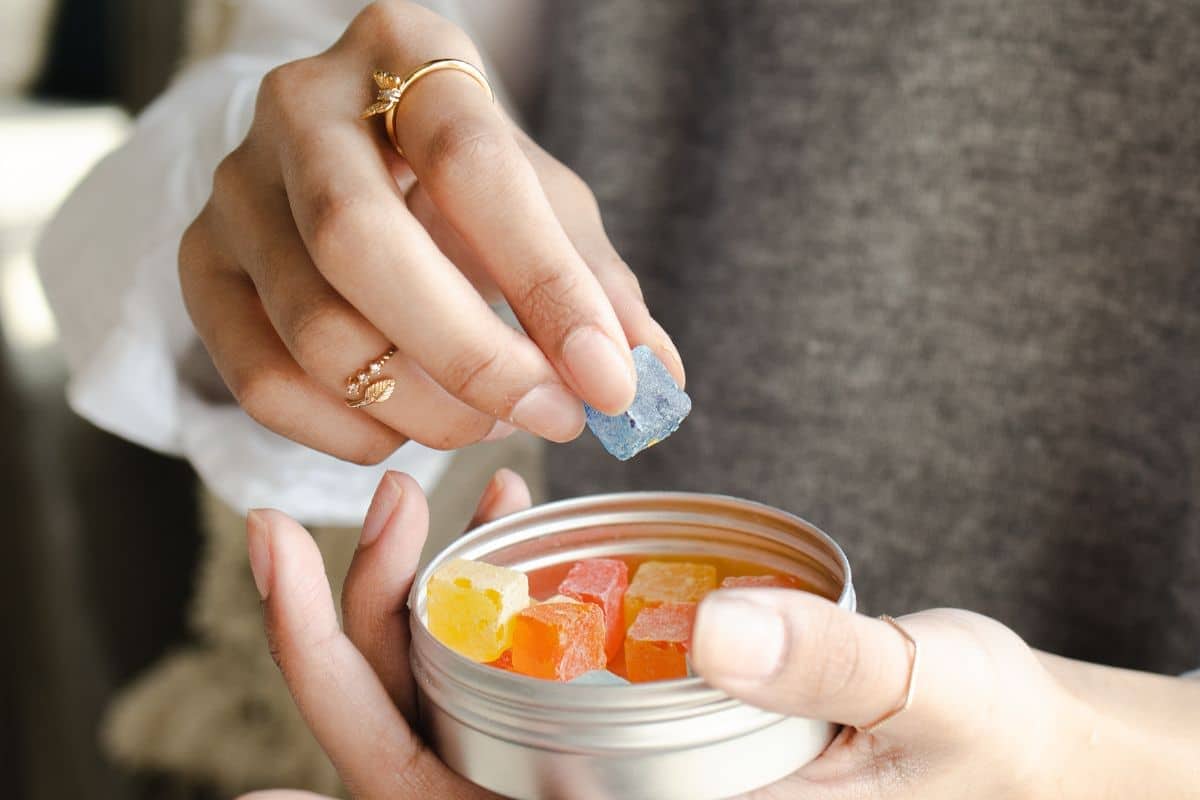
Edibles
Edibles, on the other hand, offer a different experience with regards to effects on the body. Since they are ingested and processed through the liver, more 11-hydroxy-THC is produced, leading to stronger and longer-lasting effects. The onset of effects from edibles can vary significantly, typically beginning within 30 minutes to 2 hours after consumption, and can last up to 8 hours3.
Consuming cannabis edibles may have less impact on lung health compared to smoking. However, there are still some potential risks and side effects associated with edibles, particularly for inexperienced users. It is easier to overconsume edibles due to the delayed onset of effects, which can lead to unpleasant experiences such as panic attacks, dizziness, and nausea.
While both smoking and consuming edibles might affect the immune system, the extent of the impact largely depends on factors such as frequency of use, dosage, and individual predispositions4. Therefore, it is important for users to stay informed and make educated choices regarding their preferred method of cannabis consumption.
Comparing Costs
When considering the consumption of cannabis products, it is vital to compare the costs of smoking versus the costs of edibles.
Cost of Smoking
The cost of smoking cannabis largely depends on the quality and quantity of the bud purchased from a dispensary or store. In addition to the cost of the cannabis itself, there are several accessories required, such as a lighter, pipe, rolling papers, and a grinder. These accessories can add a significant expense to the overall cost of smoking cannabis, especially for those who consume it frequently. Other factors that can influence the smoking cost include the prices of water (used in bongs and bubblers) or additional filters.
Cannabis pricing can vary greatly based on factors such as quality, location, and the type of product you purchase. For example, concentrates and rosin are typically more expensive than buds purchased in a dispensary, but they may offer more potent effects.
Cost of Edibles
The cost of edibles also depends on the quality and the store or dispensary selling them. Often, homemade edibles can be more cost-effective than purchasing pre-made products, as you have more control over the ingredients and final product. However, the cost of ingredients such as cannabutter or cannabis-infused oils may affect the overall price.
Purchasing edibles from dispensaries or other sources can be more expensive, but they offer convenience and consistent dosing, especially for those who do not have experience making their own cannabis products. It is essential to explore cost-effective options for purchasing high-quality edibles, such as Delta 8 Gummies.
To make the best decision for yourself, consider the costs of smoking and edibles, including both one-time and ongoing expenses, as well as the experience you want to have, your consumption frequency, and the desired effects. While prices and options can vary in different locations, a comparison of the costs will provide you with the information needed to make an informed choice on which method of consumption works best for your needs and budget.
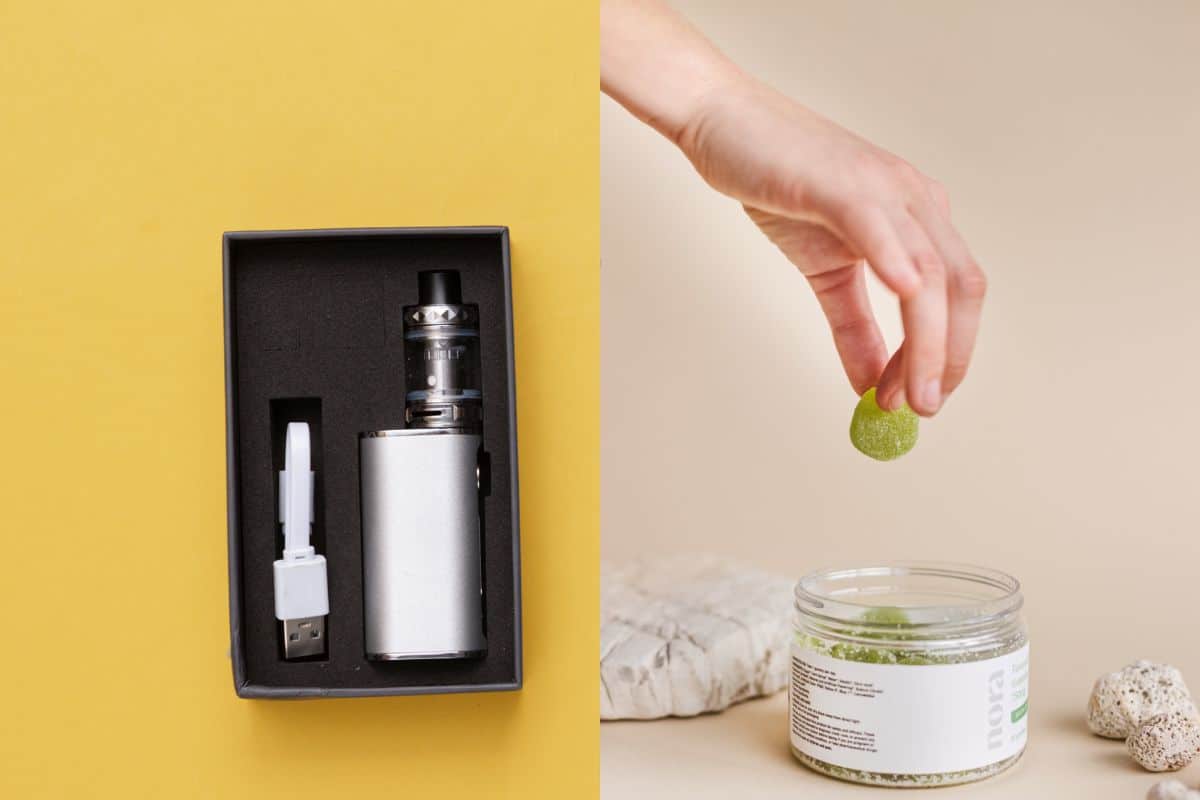
Quality and Potency
When it comes to choosing between smoking and consuming edibles, one of the main factors to consider is the quality and potency of the cannabis products involved. The potency of THC, CBD, and other cannabinoids in cannabis can vary greatly depending on the method of consumption. In this section, we will compare the potency in smoking and edibles to help you make an informed decision.
Potency in Smoking
Smoking cannabis, either in the form of flower, oil, or bud, allows for greater control over the dose, strength, and effects. When you smoke, the cannabinoids, particularly THC, are rapidly absorbed into the bloodstream, which allows users to feel the effects much quicker than with edibles. This also makes it easier to titrate the dose: when you feel that the desired effect has been achieved, you can stop smoking.
One downside of smoking is that not all THC is absorbed, as some is lost to side stream smoke or vapor1. Additionally, the potency of cannabinoids might not be as consistent in smoked products compared to edible ones, since factors like the quality of the weed and the efficiency of the smoking device can affect the user’s experience.
Potency in Edibles
Edibles, on the other hand, are ingested and undergo metabolism in the liver before the cannabinoids enter the bloodstream. This process generally takes longer, which means the onset of effects is slower compared to smoking. However, the effects of edibles tend to be more potent and can last longer because of the way THC is metabolized by the liver2.
One of the challenges with edibles is accurately dosing and controlling the strength of the product. Because the effects of edibles take longer to set in, users might consume more than intended, leading to a more potent experience than expected. Edibles can also have varying levels of cannabinoids due to differences in production processes and the quality of cannabis used.
However, advancements in the production of edibles have led to more consistent and accurate dosing of THC and CBD3, giving users greater control over their experience. As more standardized, high-quality edibles become available in the market, consumers can make better-informed choices about the potency and dosage of these products.
Consumption Preferences and Considerations
When it comes to cannabis consumption, individuals have a wide range of preferences due to the various factors involved in choosing between smoking and edibles. Each method has its own unique characteristics, and understanding these differences can help users make informed choices for their personal experiences.
In terms of taste and smell, smoking cannabis generally produces a stronger and more noticeable odor compared to edibles, which can be infused in a variety of food items with different flavors and aromas. Edibles are a more discreet form of consumption as they don’t emit the same recognizable scent, allowing users to enjoy cannabis without drawing attention.
The duration of effects is another crucial consideration. Smoking tends to provide immediate but shorter-lasting effects, usually peaking within 30 minutes and dissipating within a couple of hours. On the other hand, edibles have a delayed onset, with effects typically beginning 30-90 minutes after ingestion and lasting anywhere from 4 to 8 hours, depending on factors like individual tolerance and dosage1.
Speaking of dosage, edibles can be more challenging to dose accurately compared to smoking, as the latter provides more control over the consumption amount. For those who prefer a precise dosage, tinctures might be a suitable option. Tinctures allow for controlled and consistent dosing, which can be particularly useful for medical cannabis users.
Tolerance to cannabis might also play a role in one’s preference for smoking or edibles. Some users might develop higher tolerances to smoked cannabis due to frequent use, whereas others could be more sensitive to the psychoactive effects of edibles.
From a health perspective, edibles are often considered the healthier option, as they do not involve combustion or inhalation of smoke, which can expose users to harmful byproducts2. However, risks remain for edibles, predominantly due to the potential for accidental overconsumption and the delayed onset of effects.
In conclusion, the choice between smoking and edibles will depend on an individual’s priorities regarding factors such as taste, discretion, duration, dosing control, tolerance, and health considerations. Both methods have their own unique benefits and risks, and users should consider these differences when selecting their preferred consumption method.
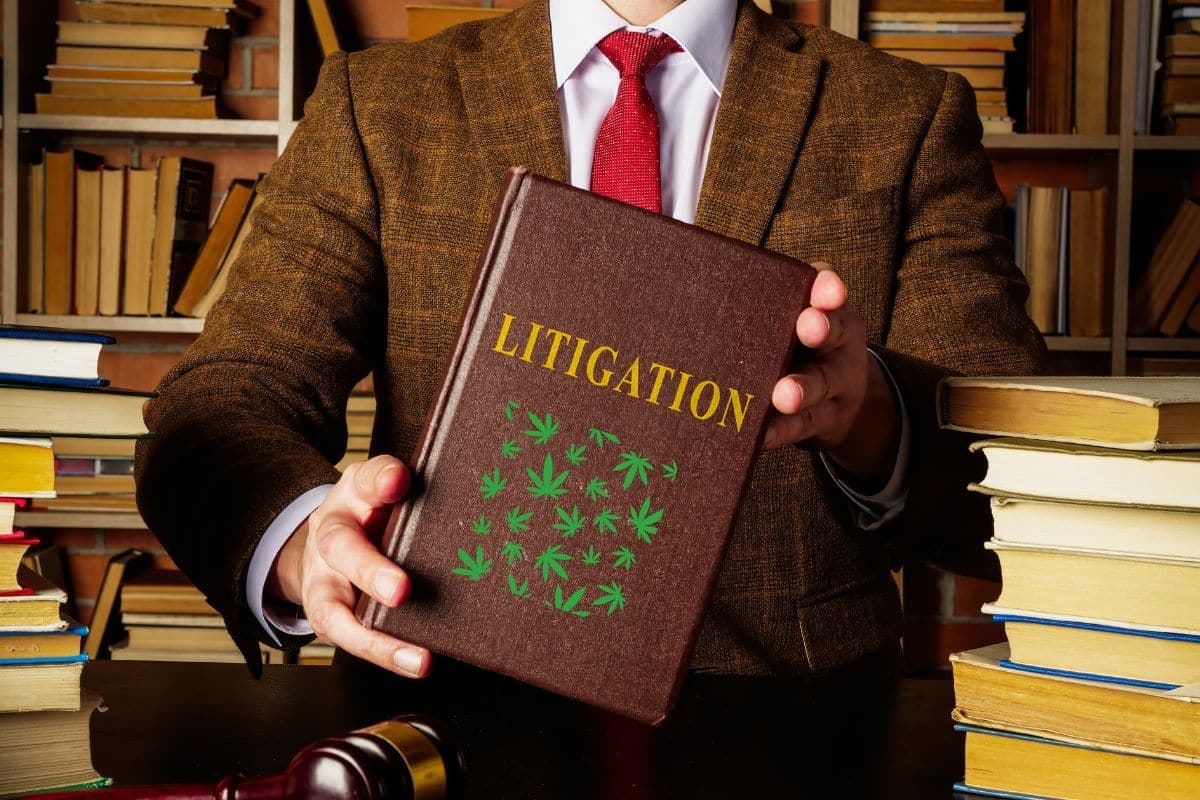
Legal and Regulatory Aspects
When it comes to the use of edibles and smoking marijuana, there are various legal and regulatory aspects to consider. For consumers, it is essential to understand the applicable laws and regulations in their state, as different states have varying degrees of legalization and rules surrounding marijuana usage.
In some states, both medical and recreational marijuana consumption is allowed, while others only permit medical use, and some states still maintain a complete ban. Edibles and smoking marijuana may be subject to different restrictions, as they represent distinct methods of consumption. For example, in states that have legalized marijuana, regulations may limit the allowed THC content for edibles, and there might be separate taxation rates for smoking marijuana and cannabis-infused products.
State regulations also influence the marijuana market, as businesses involved in the production, distribution, and sale of cannabis must obtain proper licensing and comply with strict operational requirements. In many cases, laws require that cannabis products be tested for purity and potency before being sold to consumers. These tests can be costly, and the expenses may be passed on to consumers, potentially affecting the cost of edibles vs. smoking.
Moreover, laws surrounding driving under the influence of marijuana can have serious consequences for consumers. It is crucial to be aware of the legal and law enforcement implications of consuming marijuana by any method, whether it be via smoking or edibles. Penalties may vary depending on the state and circumstances of the incident, but generally, it is illegal to drive impaired.
Overall, the legal and regulatory landscape surrounding marijuana usage, including edibles and smoking, is complex and continually evolving. It’s important for consumers to stay informed about the laws and regulations in their area to ensure compliance and avoid potential legal complications.
Takeaways and Conclusions
When comparing the cost of consuming cannabis through edibles versus smoking, it is important to consider the unique attributes of each method. Both edibles and smoking have their own benefits and risks associated with consumption, and understanding these differences can help users make informed decisions about their preferences.
Edibles typically contain a precise dosage of CBD or THC and offer a discreet method of consumption. They can be consumed through various forms, such as gummies, chocolates, or baked goods. Edibles generally provide a longer-lasting effect, making them suitable for those seeking extended relief. However, they can take longer to deliver the desired effects and may carry a higher risk of overconsumption due to their delayed onset.
On the other hand, smoking cannabis offers a quicker onset of effects, allowing users to feel the benefits of CBD or THC almost immediately. Smoking provides users with the ability to dose incrementally and control their intake more easily. However, this method may carry increased health risks due to combustion and inhalation of smoke into the lungs. The cost of smoking cannabis may also be impacted by the frequency of consumption and the quality of the product used.
In conclusion, both edibles and smoking offer unique experiences when consuming cannabis. Users should take into consideration their individual preferences, desired effects, and potential risks when choosing between these methods. Additionally, users should be aware of their local cannabis laws and regulations to ensure they make responsible choices.
Frequently Asked Questions
How do costs compare between edibles and smoking?
The costs of consuming cannabis through edibles and smoking can vary depending on factors such as quality, quantity, and region. In some cases, edibles may be more expensive than smoking due to production costs and the added ingredients in the products. On the other hand, smoking could result in higher costs over time as users may consume more cannabis than when using edibles, which have longer-lasting effects.
Which is more cost-efficient, edibles or smoking?
Cost-efficiency depends on factors like the user’s preferences and the purpose of consumption. Some users may find edibles more cost-efficient because of their longer-lasting effects, while others may prefer smoking for a quicker onset and the ability to better control their dose. It is important to consider your personal preferences and consumption habits when determining the most cost-efficient option.
What is the average price of edibles compared to smoking?
It is difficult to provide an average price comparison of edibles and smoking products due to the wide variety of products available and the differences between regions. In general, edibles might be slightly more expensive than smoking-based products like flower and concentrates. However, this could change as cannabis markets continue to evolve and more products become available.
Do edibles have a higher or lower cost than smoking?
As mentioned earlier, edibles may have a higher initial price than smoking, but their longer-lasting effects could lead to less frequent consumption, balancing out costs over time. Additionally, the cost difference between edibles and smoking could diminish as the market expands and more options become available.
How do dosage costs differ between edibles and smoking?
Dosage costs can be difficult to compare due to the different methods of consumption and the variance in individual tolerance. Generally, the price per milligram of THC in edibles is higher than that of smokable products. However, the longer-lasting effects of edibles could make the cost per dose comparable to that of smoking in some cases. It’s important to be aware of dosage guidelines and your own tolerance when considering the cost differences between edibles and smoking.
Are there financial benefits to choosing edibles over smoking?
Some potential financial benefits of choosing edibles over smoking include longer-lasting effects, resulting in less frequent consumption, and less equipment needed for consuming cannabis (such as pipes, papers, or vaporizers). However, these benefits may vary depending on individual preferences and consumption habits. It is essential to consider your personal needs and desires when weighing the financial aspects of edibles versus smoking.
Footnotes
- https://www.drugabuse.gov/publications/research-reports/marijuana/what-are-marijuana-effects
- https://www.ncbi.nlm.nih.gov/pmc/articles/PMC3570572/
- https://www.ncbi.nlm.nih.gov/pmc/articles/PMC2903762/ ↩

